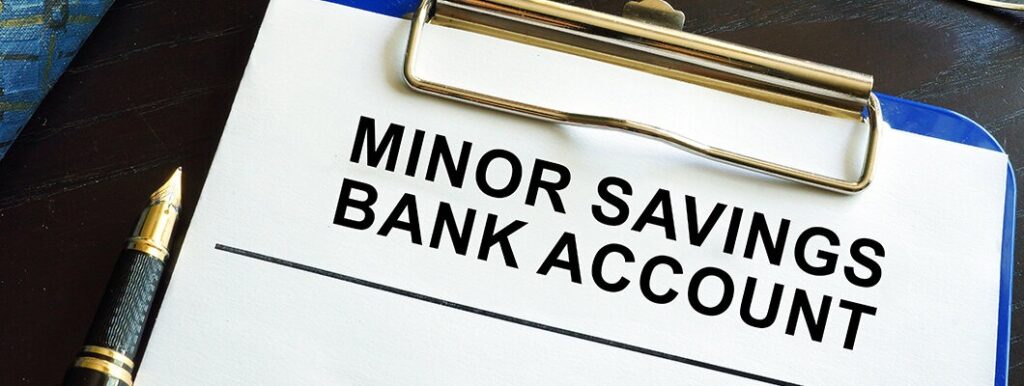Opening a minor bank account online is not possible in most cases, as banks require the physical presence of the minor and their guardian to complete the necessary documentation and verification process. However, some banks may offer the option to start the application process online and then complete it at a branch. Here’s a general guide on how to open a minor bank account:
Step 1: Choose a Bank
Research and compare different banks that offer minor accounts. Consider factors like minimum balance requirements, fees, interest rates, and branch proximity.
Step 2: Gather Required Documents
You’ll need to provide certain documents for both the minor and the guardian. These may include:
- Birth certificate of the minor
- Social Security card or Tax Identification Number (TIN) of the minor
- Government-issued ID of the guardian (driver’s license, passport, etc.)
- Proof of address (utility bill, lease agreement, etc.)

Step 3: Start the Application Process
Some banks may allow you to start the application process online. Visit the bank’s website and look for the option to open a minor account. Fill in the required details and submit the online application.
Step 4: Visit the Bank Branch
After submitting the online application (if available), you’ll need to visit a bank branch with the minor to complete the account opening process. Schedule an appointment or walk into a branch with the necessary documents.
Step 5: Complete the Application and Verification Process
At the bank branch, you’ll need to fill out the account opening forms and provide the required documents. The bank representative will verify the documents and guide you through the process. They may also ask for additional information or clarification, if needed.
Step 6: Make an Initial Deposit
Most banks require an initial deposit to activate the minor’s account. The amount may vary depending on the bank and account type. You can make the deposit using cash, check, or fund transfer.
Step 7: Receive Account Documents
Once the account is opened, you’ll receive the account documents, such as the passbook or account statement, and a debit card (if applicable) for the minor. The guardian will have the authority to manage the account on behalf of the minor.
It’s essential to note that the specific requirements and process may vary from bank to bank. Some banks may have age restrictions or require additional documentation. Always check with the bank directly for their most up-to-date guidelines on opening a minor account.
Remember, the guardian is responsible for managing the account and ensuring that it is used in the best interest of the minor until they reach the age of majority, which is usually 18 years old. At that point, the minor can take full control of the account.










Add Comment